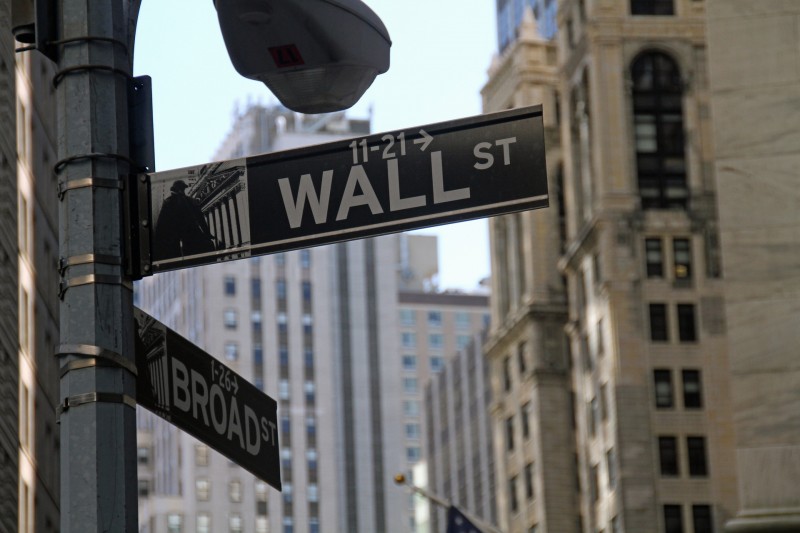Popular Posts
The Dow Jones Industrial Average is a stock index that represents some the largest companies in the U.S. economy.
The Dow Jones Industrial Average, often called the “Dow,” is an index of 30 U.S. companies. Charles Dow, an editor at The Wall Street Journal and a co-founder of the news service Dow Jones & Company, created the index in 1896.
The index started out with 12 stocks and, at the time, it truly reflected the heart of the American economy. Cotton, sugar, tobacco, energy, railroads, leather and rubber were among the original dozen firms in the index.

It later grew and added companies to reflect the changing face of the U.S. industrial sector. The components of the Dow have changed regularly over the years. Companies peak in terms of influence and then recede. They are soon replaced by others or entirely new industries.
Today the Dow holds industries as divergent as finance, heavy equipment, technology, energy, retail and drug makers.
Nevertheless, statistical tools have allowed investors to rely on its daily results to measure the progress of economy and the stock market day-to-day and over the decades.
Every evening on the news you are likely to hear that the markets closed up, down or flat. That reporting is based on the performance that day of the major stock market indices, the Dow Jones Industrial Average, the S&P 500 and the NASDAQ.
Taken as a group, the three indices provide investors with a reliable snapshot of the U.S. economy.
The Dow provides a sense of how the largest companies are doing, while the S&P 500 is broader (since it includes 500 stocks, rather than 30), while the NASDAQ reflects mostly technology shares.
Stock prices in an index say nothing about the health of a given company, industry or region. However, the collective animus of millions of investors can be seen as a powerful sign of confidence in future.
After all, stock investors buy because they believe that the underlying economy will grow. A growing economy creates jobs and allows private companies to invest and become profitable.
On occasion, the Dow Jones Industrial Average will decline, the victim of a bear market or, perhaps, the shock of some external event, such as a war or recession.
Investors then take the measure of these negative turns and attempt to calculate how fast the economy will bounce back. If the collective wisdom is sooner rather than later, the index will trade higher as it reflects renewed buying, despite the headlines.
Most investors use the various stock indexes as a yardstick, a way to judge their own prowess in choosing investments. Investors expect to make the same return as the entire stock market index or to beat it.
Falling short of the index is a signal that the investments one has chosen are not ideal and that a change in investment approach is warranted.
MarketRiders, Inc. is a registered investment adviser. Information presented is for educational purposes only and does not intend to make an offer or solicitation for the sale or purchase of any specific securities, investments, or investment strategies. Investments involve risk and, unless otherwise stated, are not guaranteed. Be sure to first consult with a qualified financial adviser and/or tax professional before implementing any strategy discussed herein. Past performance is not indicative of future performance.